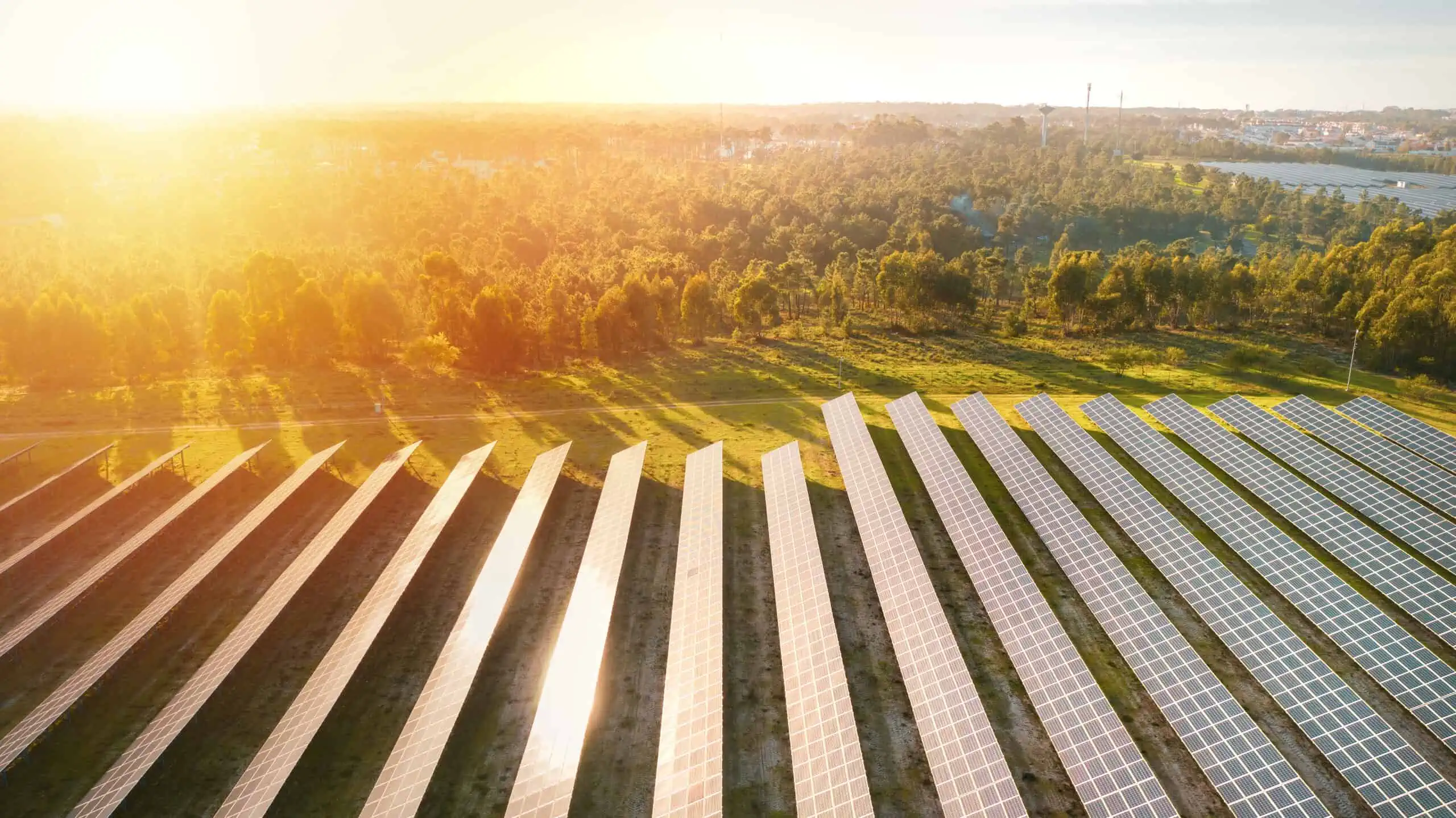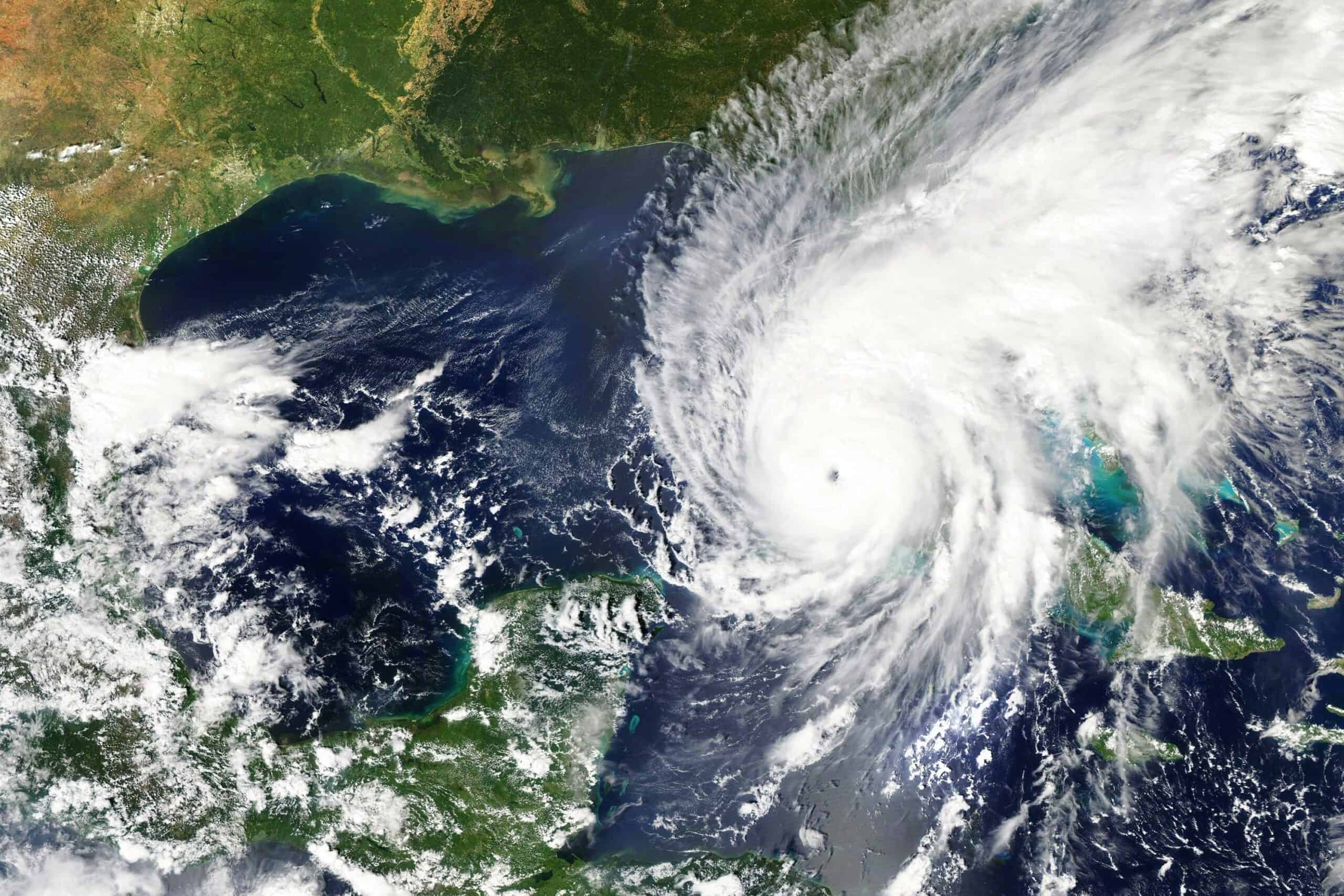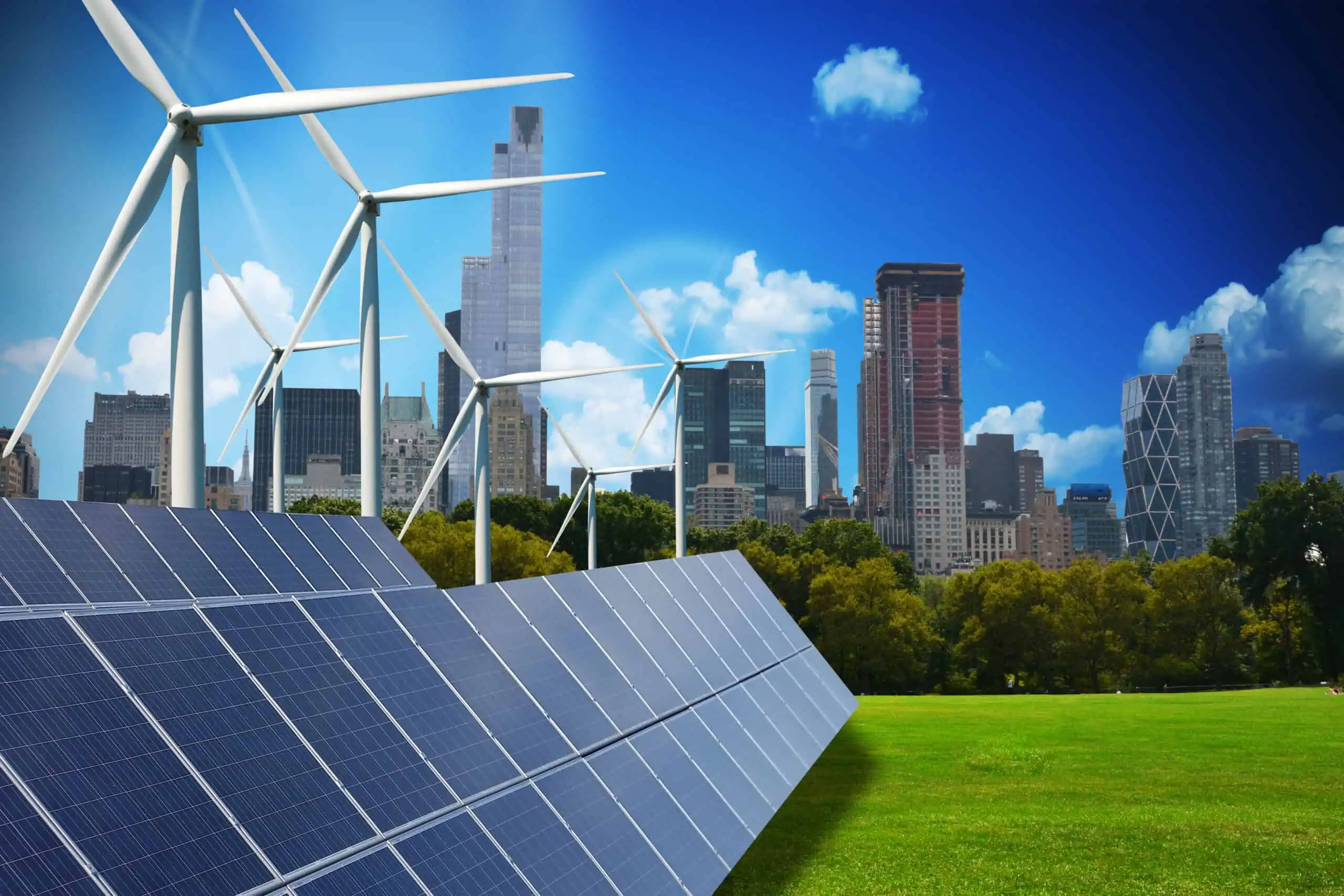
Weather’s affect on the Energy Market
We talk about the weather’s effect on the energy market a lot – here are a few ways weather can influence energy prices

We talk about the weather’s effect on the energy market a lot – here are a few ways weather can influence energy prices

Block Island has achieved a complete transition to 100% renewable energy, marking the end of its reliance on fossil fuels. This is the result of years of effort by the island’s year-round residents, the Solar Initiative, and the Block Island Utility District, both not-for-profit organizations. In December, the State of RI Division of Public Utilities

This winter we are currently in an El Nino pattern which typically brings warmer-than-average temperatures and more precipitation for the Northeast.

The sun emits enough sunlight in an hour and a half to meet the world’s energy needs for an entire year.

Wind turbines harness the wind’s energy and in turn produce electricity.

The image above may be the first thing that comes to mind when your hear natural gas but the process of finding, extracting and producing natural gas is much more complex than just turning on your stove. Natural gas is primarily made up of methane, a compound with one carbon atom and four hydrogen atoms.

In general, the two main drivers of wholesale electricity prices in New England are the cost of fuel used to produce electricity and consumer demand. Power Plant Fuel: Natural gas dominates electricity generation in New England, accounting for 52% of total power production in 2022. This reliance on natural gas makes wholesale electricity prices closely

Hurricanes and tropical storms can have significant effects on the energy market due to their potential to disrupt both the supply and demand sides of natural gas and electricity.

The United States is undergoing a shift in its electricity generation, commonly referred to as the “grid mix.” To put it in perspective, there has been a 68% decline in coal-fired generation from 2010 to 2020. In New York City, a large effort is underway to harness clean energy solutions with ambitious sustainability goals. NYC

If you live in the Northeast, you’ve certainly experienced a summer heatwave. On these days, commercial and residential buildings all have their air conditioning units on high. This increases the amount of usage and demand for electricity on the grid. When these heatwaves sustain for multiple days, the grid eventually reaches its highest amount of